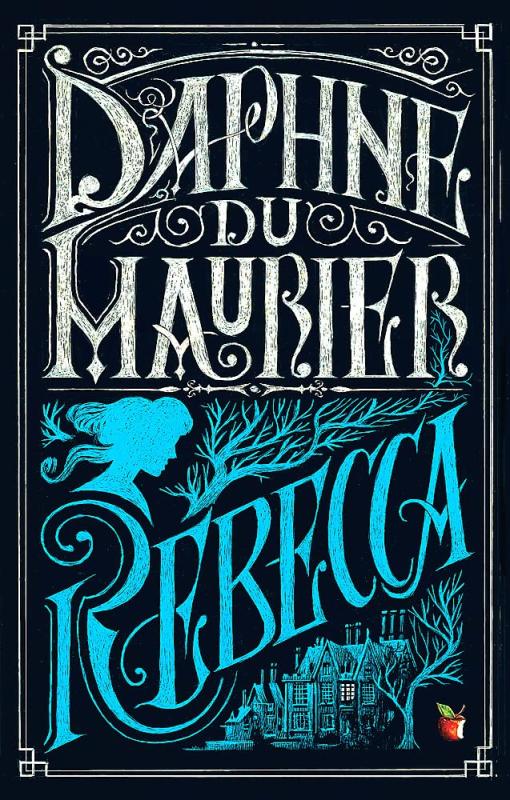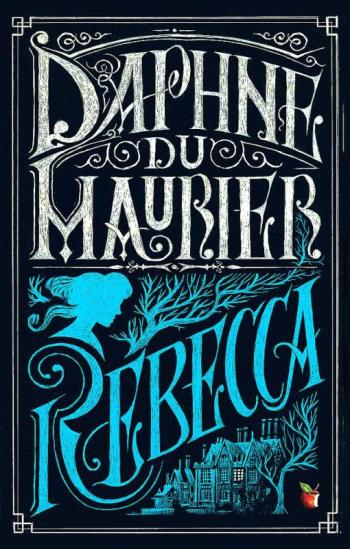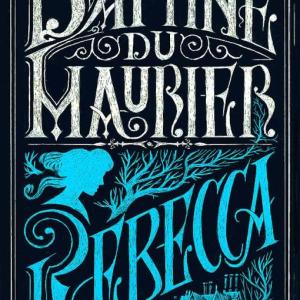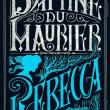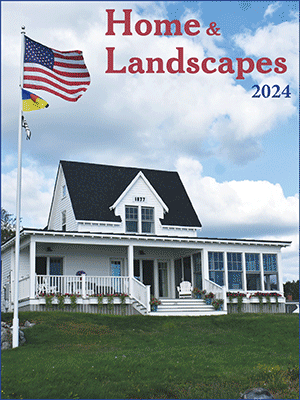Boothbay Harbor Memorial Library
How do you know that a book is a mystery? That question came up at one of our Mystery Book Club meetings at the Library. I shared the answer as I know it with both the Book Club and the I love a mystery column. I had a recent request from one of our readers to repeat it. So here goes.
There are a variety of themes used in mystery story writing. The early novels were straight “Whodunits.” Later the stories evolved into what are now called thrillers and suspense. So how do we define the genre of a mystery novel? I always use the acronym MTS for (mystery, thriller, suspense).
A mystery is defined as a piece of fiction dealing usually with the solutions of a mysterious crime or murder. A thriller is defined as a work of fiction or drama designed to hold the interest by the use of a high degree of intrigue, adventure or suspense. A suspense creates a level of anxiety or apprehension for what's next, resulting from a mysterious situation. Suspense can be present in any genre.
Let me simplify all that for you. Mystery: It's about the puzzle. Thriller: The push pull between the protagonist and villain. Suspense: Is about the tension and what might happen. My all-time favorite thriller suspense is Daphne du Maurier's “Rebecca,” still a classic 80 years later!
Using the above descriptions here is a list of examples for you.
- Mysteries:
- “The Beautiful Mystery” by Louise Penny,
- “The Alice Network” by Kate Quinn.
- “Death On Nantucket” by Francine Mathews.
- “Red Door” by Charles Todd.
- Thrillers:
- “Zero Days” by Ruth Ware.
- “The Silent Patient” by Alex Michaelides.
- “The Innocent” by Harlan Coben.
- “Everyone Here is Lying” by Shari Lapena.
- Suspense:
- “Girl On the Train” by Paula Hawkins.
- “Gray Mountain” by John Grisham.
- “Tinkers” by Paul Harding.
- “The Guardian” by Nicholas Sparks.
Happy reading mystery lovers!

